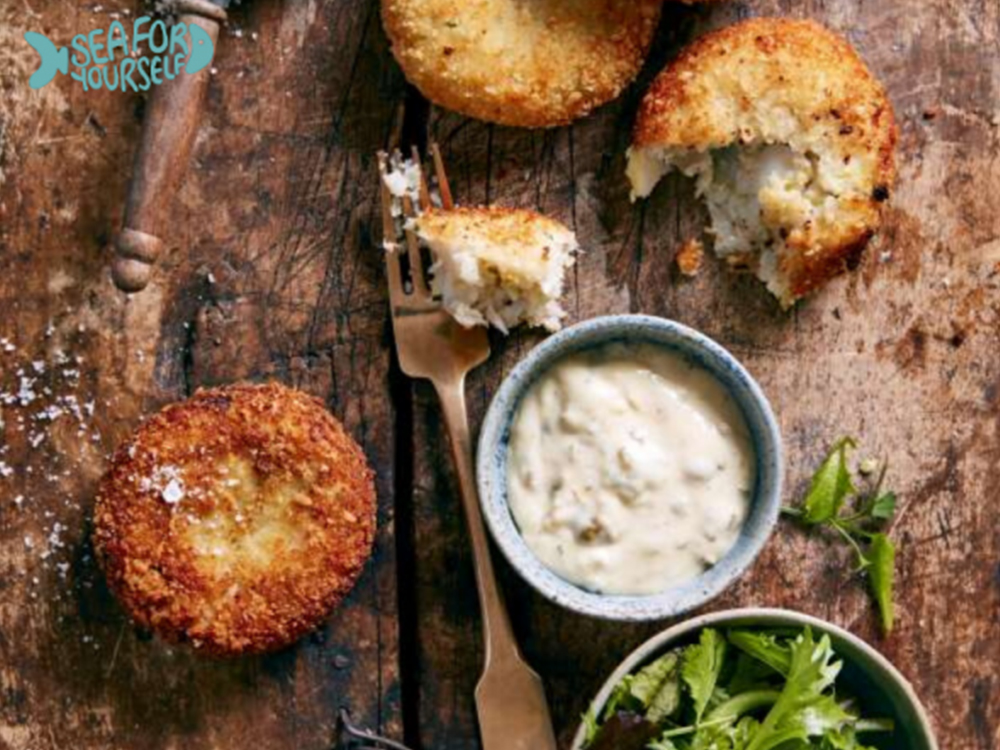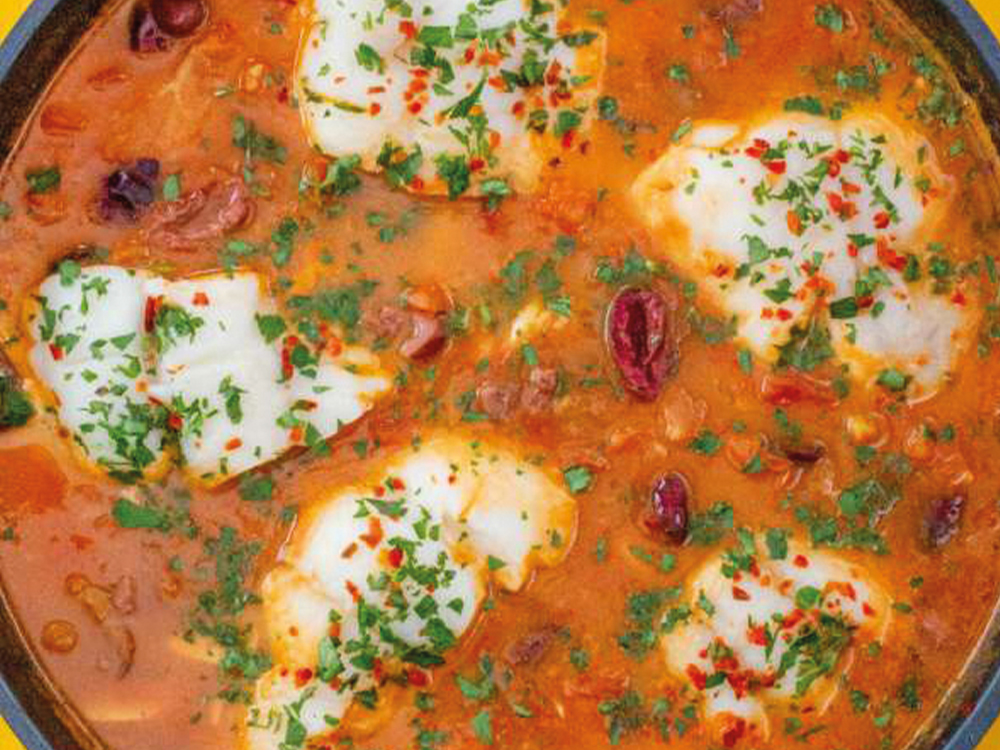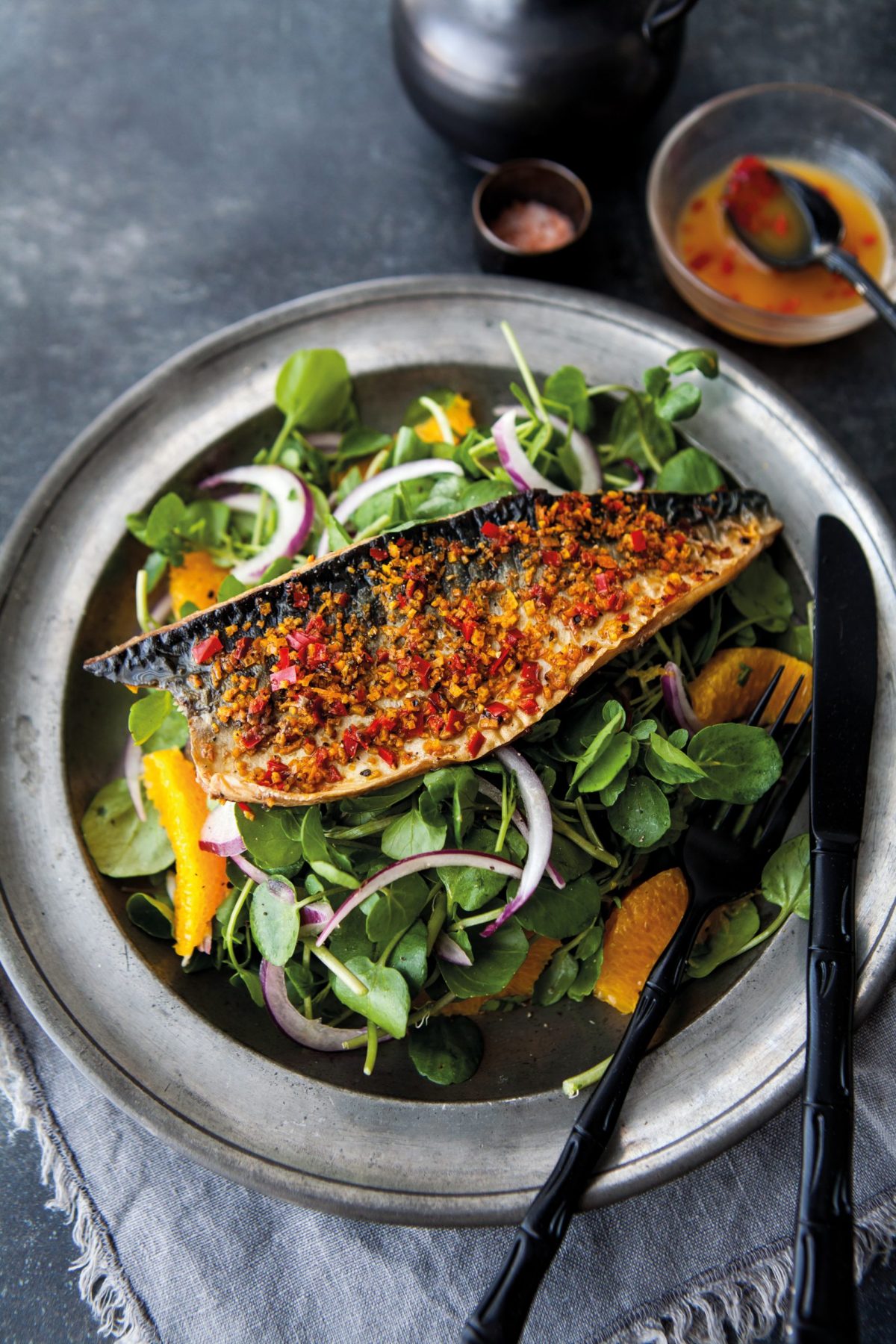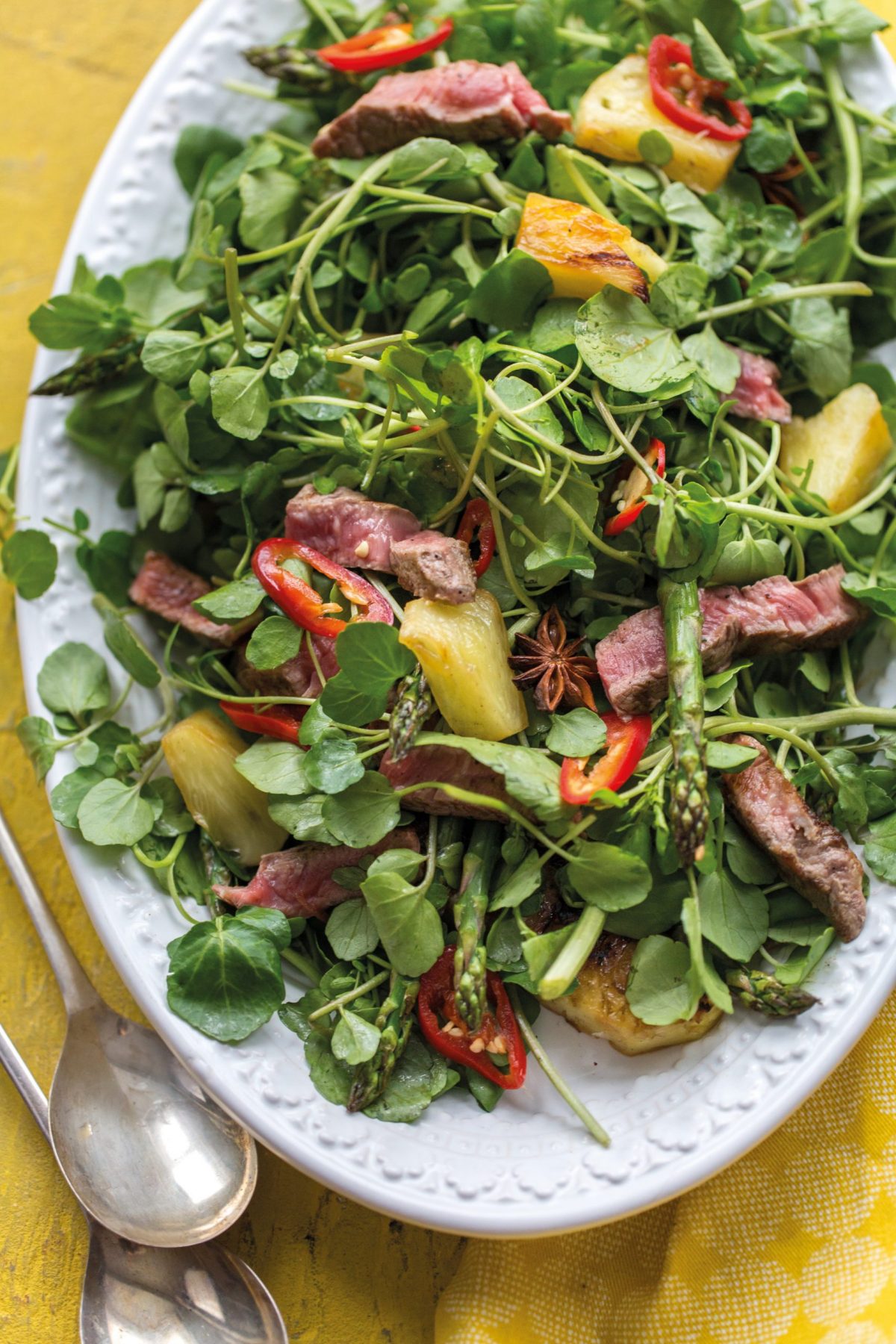Did you know in the UK alone we have more than 2,500 varieties of apple? Enough for you to try a different one every day for more than seven years and what better day to start then on October 21st, Apple Day. Why not try these recipes to start with…
Gala Apple and Sausage Tray Bake
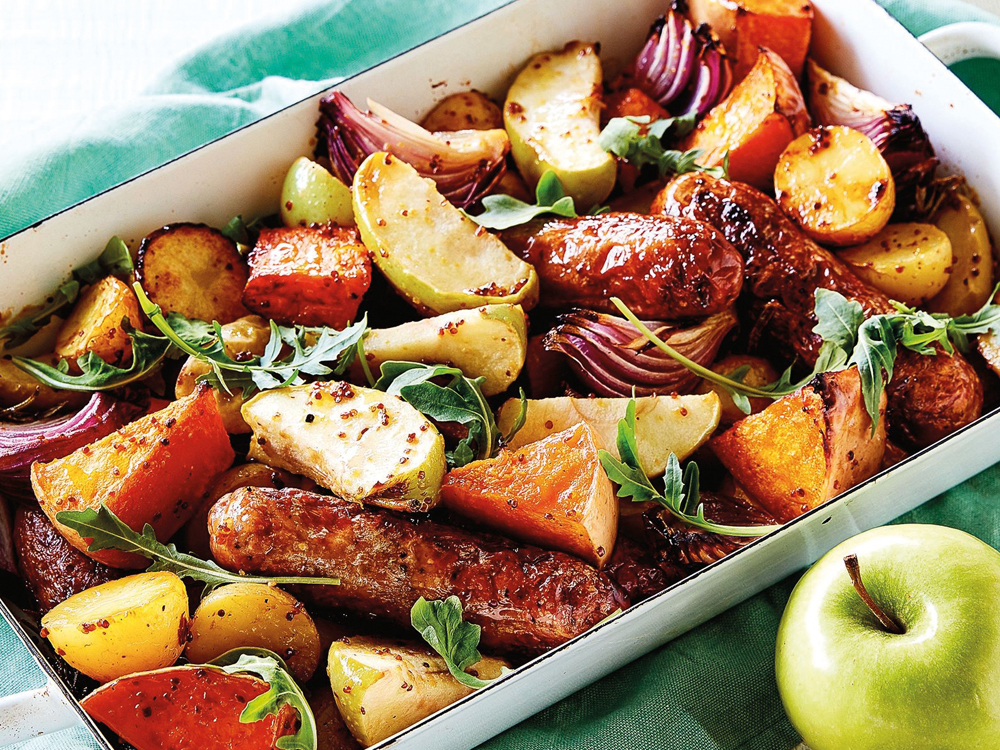
Ingredients:
• 1x 400g pack of pork sausages, cut in half
• 2 red onions, cut into wedges
• 2 Gala Apples, cut into wedges
• 1 bunch of sage
• 3 tbsp olive oil
• 2 tbsp honey
• 2 tbsp whole grain mustard
Serve with creamy mashed potato
PREP: 10 minutes
COOKING: 30-45 minutes
SERVES: 2
Method:
Preheat the oven to 180C
Add the sausage halves, onion and apple wedges to a large baking tray and scatter over the sage leaves
Whisk together the olive oil, honey and whole grain mustard in a small bowl and drizzle over the sausage, onion and apple mixture
Roast in the oven for 35-40 minutes or until golden brown and sticky. Serve with creamy mashed potato
Braeburn Toffee Apple Cupcake
Ingredients:
• 125g softened butter
• 125g soft brown sugar
• 2 eggs
• 225g self-raising flour
• 1 tsp baking powder
• 2 tsp mixed spice
• 120g Greek yoghurt
• 110ml whole milk
• 130g diced Braeburn apple, peeled finely
• Cream cheese icing
• 125g butter
• 250g icing sugar
• 125g cream cheese
• Splash milk
For decoration
• 12 dehydrated apple slices
• 4 tbsp shop bought toffee sauce
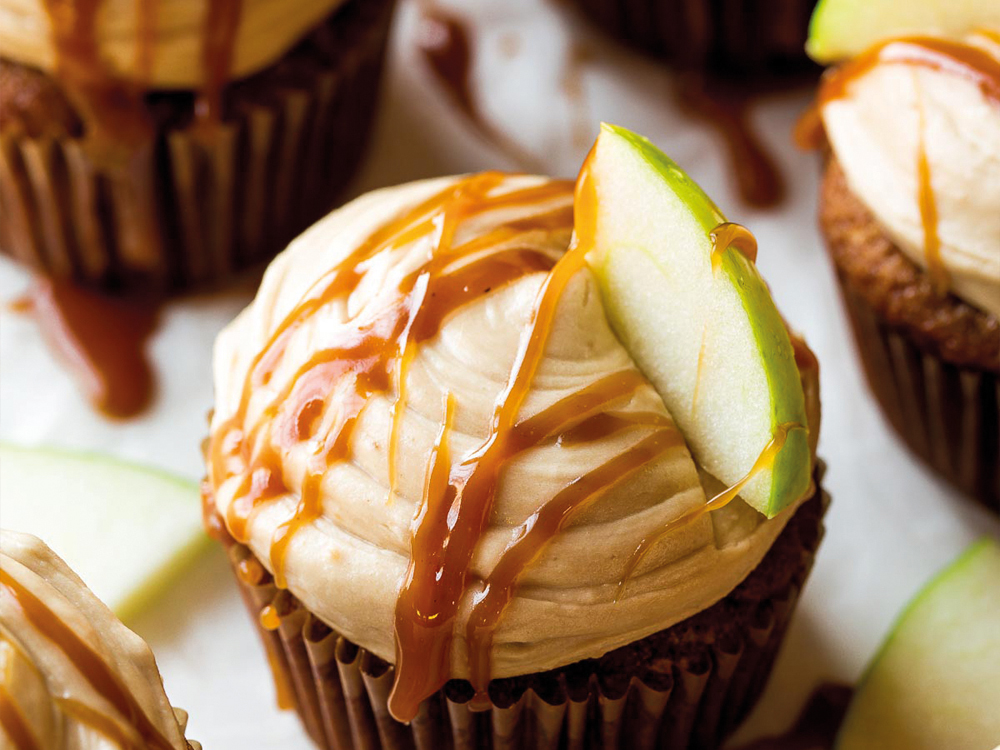
PREP: 20 minutes
COOKING: 15-20 minutes
SERVES: 12
Method:
Preheat oven to 180C
Line a 12-hole muffin tray with cupcake cases
Place the butter and sugar in a large mixing bowl and whisk together until light and fluffy. Whisk in the eggs one at a time
Sift in the flour, baking powder, spices and mix. Stir through the Greek yoghurt, milk and diced apple. Using a teaspoon, divide the mixture between the cupcake cases and bake in the oven for 15-20 minutes until risen and golden. Place on a cooling rack
To make the cream cheese icing, add butter to a large mixing bowl and whisk until white and fluffy. Whisk in the icing sugar until combined, followed by the cream cheese – don’t over whisk or the cream cheese may split. Add a splash of milk if you feel the consistency needs adjusting
Spoon the icing into a piping bag fitted with a large open nozzle and pipe a circle of icing on top of each cupcake
Finish each cupcake with a dehydrated apple slice and a drizzle of toffee sauce










